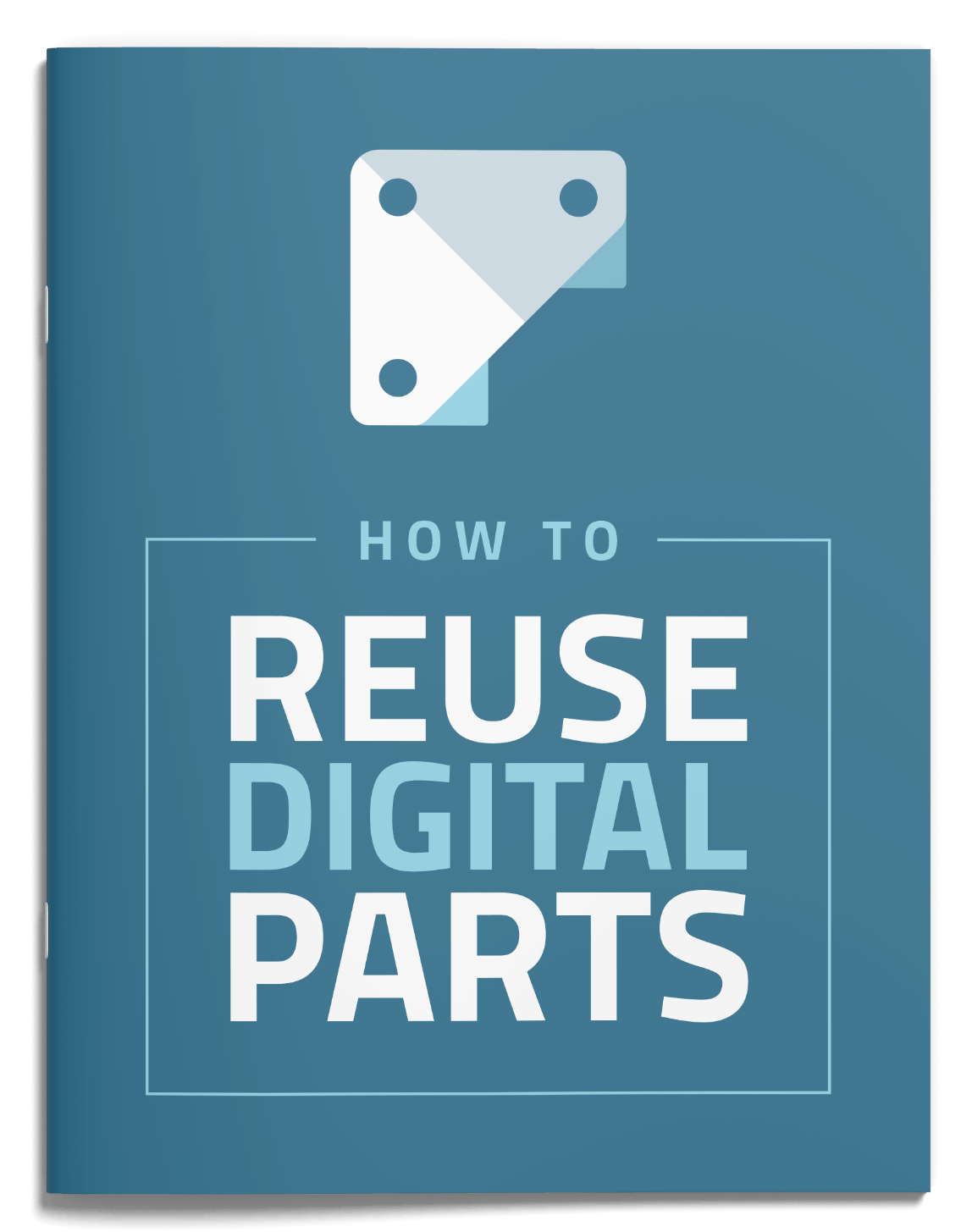A Case for Strategic Parts Management: Your Engineering Team is Dumpster Diving for Parts
If your team does not have a Strategic Parts Management platform, your engineers are grabbing junk faster than your kids in the cereal isle!
It’ true. Your Engineering team is currently swimming head-first in the digital garbage bin. They’re hunting for parts outside of every PLM and ERP rule set you have painstakingly set-up. It’s not the quality or accuracy of the CAD models which makes them a problem for a PLM administrator. The problem is HOW these parts are acquired and stored internally. Usually unauthorized downloads live outside of a PLM system, making re-use almost impossible for an engineering team.
Why do engineers grab these parts from the web? Because they can, and to be completely honest, they must dumpster dive in order to do their jobs as quickly as you require them to, but they could be so much faster if they worked efficiently. It’s the rare engineer who is working in an environment which can serve them up authorized digital parts as fast, and accurately as they need. Their current process is neither fast nor efficient, and it’s creating an even larger problem for the Engineering department, as well as Purchasing and Manufacturing.
Let’s start from the beginning:
An engineer is working on an assembly. This assembly is an aggregate of internally manufactured parts, sourced commercial components and industry standards, like nuts and bolts. When an engineer needs to add a part to this assembly, the first place they look is their internal parts library, if their organization has one. This internal repository is often called the “PLM” or the “Vault,” sometimes it’s just a shared engineering folder on the server. If an organization has one of these systems in place, that’s a great first-step to providing engineers with the parts they need. In the most recent Engineering Efficiency Report, it revealed that a whopping 71% of Engineering Teams had no system in place to organize their digital parts. This reveals that a vast majority of Engineering Teams are a free-for-all, with maverick engineers spec-ing any part they want into their designs. Where do these mavericks get their parts? The Dumpster, aka the internet!
71% of Engineering Teams have no system in place to organize their parts
Let’s assume our engineer is working within one of the elite 39% of Engineering Teams who actually has a system in place to organize their digital parts. The engineer, let’s call him Jeff, is from the Industrial Automation Division of his company, where they use Solid Works CAD and a shared PLM system. Jeff is searching the system for the component he needs, and finds it. The new problem? This part was “checked in” to the PLM system by Bill over in the Hydraulics Division, where they use Autodesk Inventor. As revealed in The Engineering Efficiency Report, 69% of Engineering Teams use multiple non-compatible CAD applications, meaning they actually need multiple certified models of every part to properly meet their needs. The part is completely useless to Jeff, so what does he do? He goes out to the internet and grabs the first thing that will fit, regardless of who modeled the part or where it came from.
69% of Engineering Teams use multiple CAD applications
Assumption number two, this Engineering Teams has a system in place to organize their digital parts AND they have complete libraries of parts to accommodate all of their CAD applications. Jeff, our intrepid engineer, has searched the PLM system, discovered an existing part which will work AND it’s in the CAD format he needs. Great success! He takes this part, drops it into his design and he is off to the races. The project is complete and on-schedule, engineering has completed their portion of the work, it’s time to export the BOM (bill of materials) for the purchasing department to source the parts and manufacturing can assemble. Once Purchasing digs-in they discover the new problem: Jeff’s part was made obsolete by the manufacturer and there is no exact replacement, this project has to go back to the engineering department to be reworked. Jeff’s company falls into the 77% of Engineering Teams who have duplicate or obsolete parts in their part library. These digital parts were properly vetted and reviewed originally, but due to a number of factors have been made useless to Engineering, purchasing and manufacturing. Where does Jeff go to get a quick replacement? You guessed it, the internet aka the Dumpster of Parts.
77% of Engineering Teams have duplicate or obsolete parts in their part library
The solution: If Jeff’s engineering department was using a Strategic Parts Management system to search, configure, check-in and specify their digital parts, all of his problems would be alleviated. Using Strategic Parts Management he would have quickly found a part in his proper CAD format, which was already approved by his purchasing department, launched it into his design and moved onto the next engineering challenge.
Strategic Parts Management also comes with TRILLIONS of manufacturer certified, digital parts. These digital assets, from more than 600 manufacturers, can be instantly configured, deployed and checked-into the PLM environment. No-more engineers working outside the rules. Take them from the dumpster and into future, with Strategic Parts Management.
Learn More: Get These Free eBooks
The Basics of SPM
SPM vs. Classification
MBE / MBD for Mfgs
Adam Beck
Latest posts by Adam Beck (see all)
- 2025 Industrial Marketing Summit Announced for February 26-28 in Austin, TX - May 31, 2024
- Engineering the World’s Longest Solar Eclipse - April 9, 2024
- How AR CAD Models and Apple Vision are Helping Engineers Become Tony Stark - March 12, 2024

